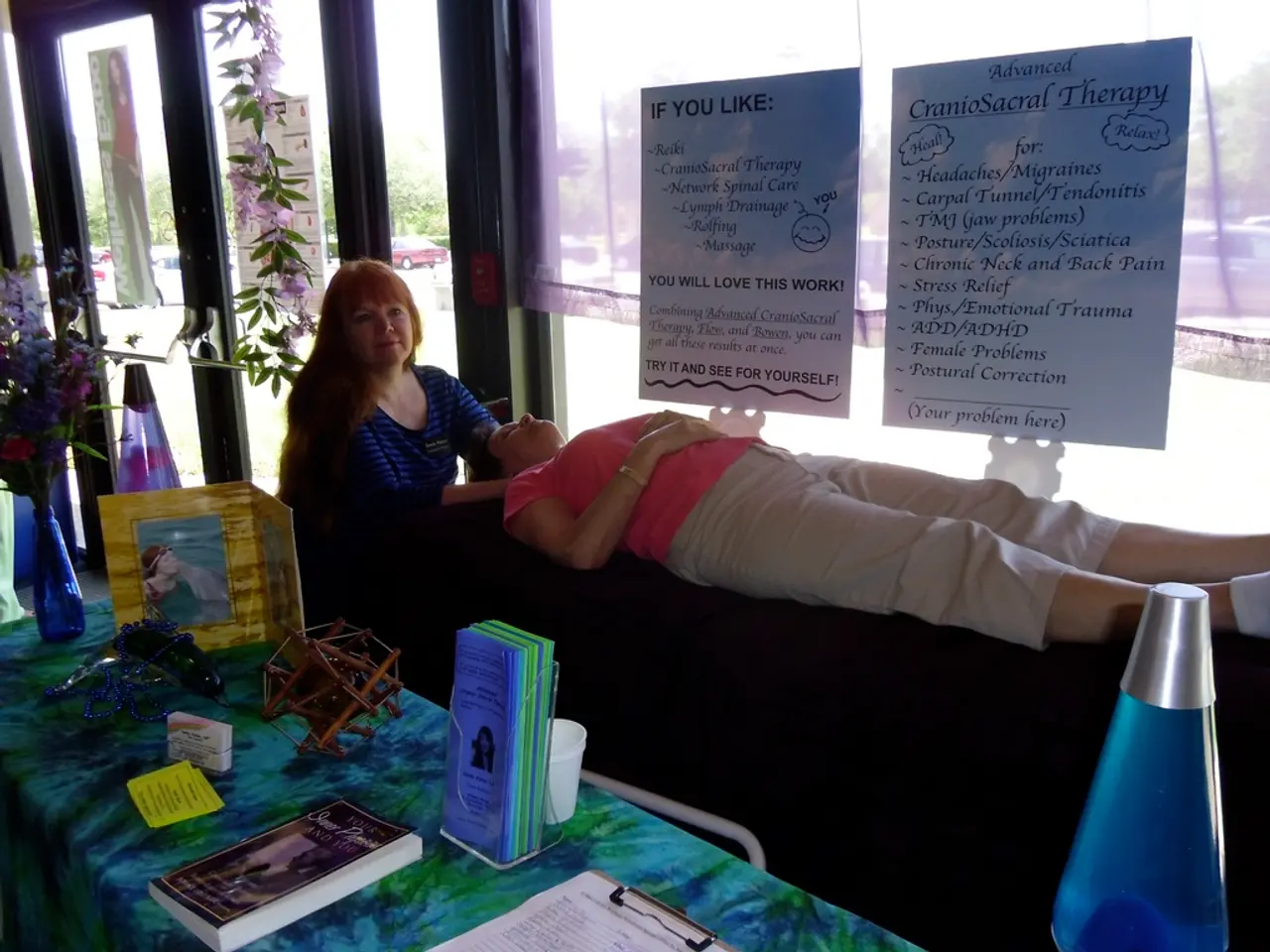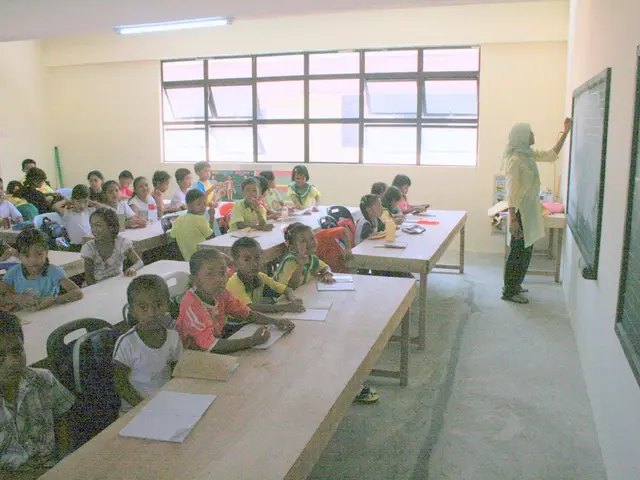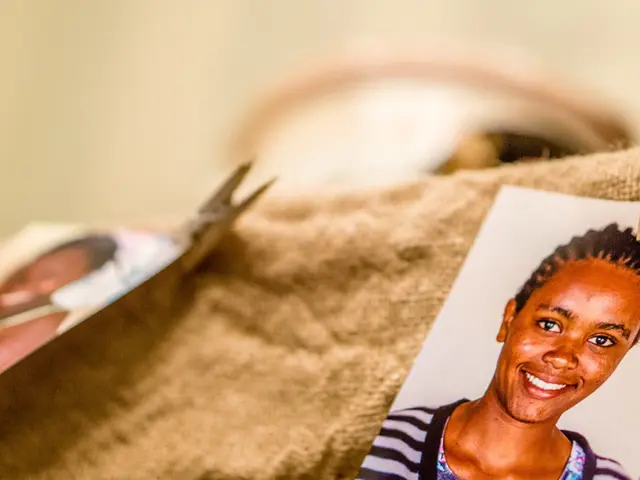Exploring Personal Liberation from Childhood Wounds - An Awareness-Based Voyage
**Healing from Childhood Trauma: A Comprehensive Approach**
Childhood trauma, defined by the Substance Abuse and Mental Health Services Administration (SAMHSA) as events or situations that seem genuinely harmful or life-threatening, can have profound and lasting effects on an individual's mental and physical health. However, a multi-faceted approach, combining awareness, evidence-based therapies, self-compassion, forgiveness, practical strategies, and support systems, can help in the healing process.
**Awareness**
Cultivating awareness is the first step towards healing. By focusing on the present and setting aside distractions, as suggested by Jon Kabat-Zinn, individuals can tune into their thoughts and feelings without being overwhelmed by them. This enhanced self-awareness is instrumental in emotional regulation and reducing anxiety and depression symptoms common after trauma.
**Evidence-Based Therapies**
Therapeutic approaches grounded in research, such as Child-Parent Psychotherapy (CPP) or Internal Family Systems (IFS) therapy, provide structured, trauma-informed support tailored to the needs of trauma survivors. CPP, for instance, focuses on repairing the attachment relationship between young children and caregivers, addressing trauma symptoms and fostering emotional regulation. IFS therapy offers a compassionate, non-pathologizing framework to help clients reconnect with inner strengths and heal internal conflicts caused by trauma.
**Self-Compassion**
Practicing self-compassion, as advocated by Kristin Neff, is about treating oneself with kindness. This is crucial when working through trauma, as it helps reduce self-criticism and shame, fostering a kinder internal dialogue.
**Forgiveness**
Engaging in forgiveness, especially within a spiritual or personal growth context, can powerfully shift perspectives and promote healing. Forgiveness may reduce emotional burdens such as anger and resentment, thereby facilitating inner peace and recovery.
**Practical Strategies**
Incorporating creative expression, such as art, music, or writing, alongside mindfulness and meditation, are practical strategies that provide healthy outlets for processing emotions and traumatic experiences. These activities help integrate difficult memories and foster empowerment, countering feelings of helplessness.
**Support Systems**
Strong support networks—whether through therapy, family, community, or peer groups—offer crucial emotional safety, reduce isolation, and provide practical assistance. Being connected to a compassionate community promotes a sense of belonging and bolsters spiritual and emotional recovery.
In recent years, the use of AI-powered tools has emerged as a promising resource for mental health support. Over 1.5 million people have used these tools to improve their mental health [Source: Unspecified], with 90% of users reporting positive changes in just two weeks [Source: Unspecified].
Physical activity also plays a significant role in trauma recovery. The Centers for Disease Control and Prevention (CDC) recommends 150 minutes of weekly physical activity for overall health, and this can also aid in healing from trauma.
Symptoms of unresolved trauma can range from anxiety to full-blown PTSD. By understanding the impact of trauma and responding appropriately through Trauma-Informed Care, individuals can begin the journey towards healing and recovery. This approach ensures emotional safety and provides a foundation for the various components of the healing process discussed above.
The healing process from childhood trauma can be facilitated by incorporating education and self-development, focusing on self-compassion and personal growth. For instance, engaging in activities like art, music, or writing can serve as therapeutic outlets, helping individuals process traumatic experiences and foster empowerment. Additionally, exploring health-and-wellness resources, such as AI-powered tools designed to improve mental health, may offer valuable support in managing symptoms and promoting overall well-being [Sources: Unspecified]. Lastly, fostering strong support systems, whether through therapy, family, community, or peer groups, is essential in providing emotional safety, reducing isolation, and supporting individuals on their journey towards recovery.




